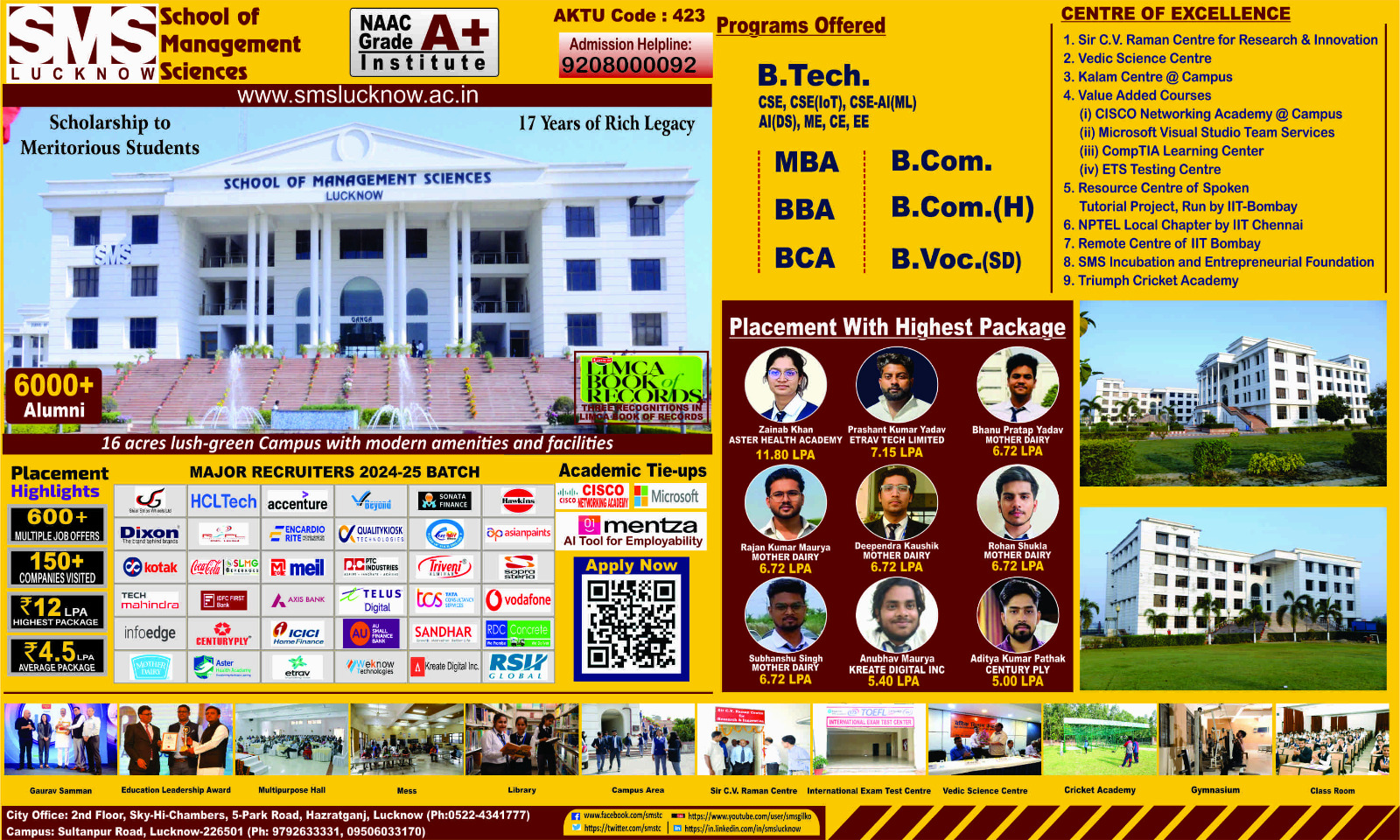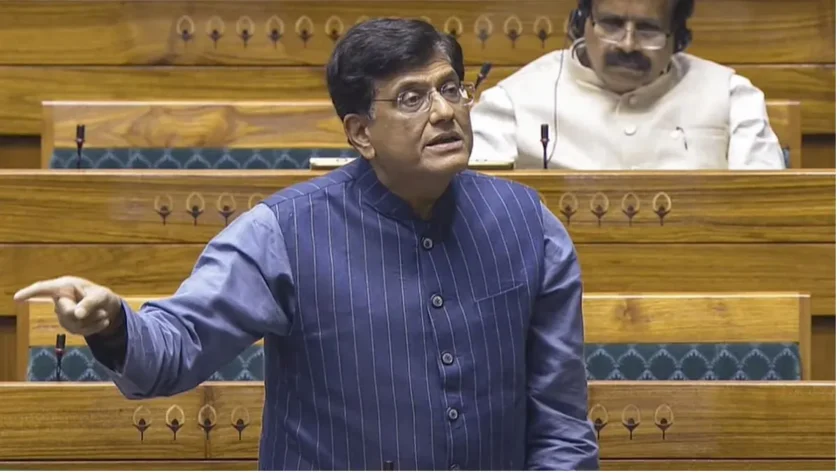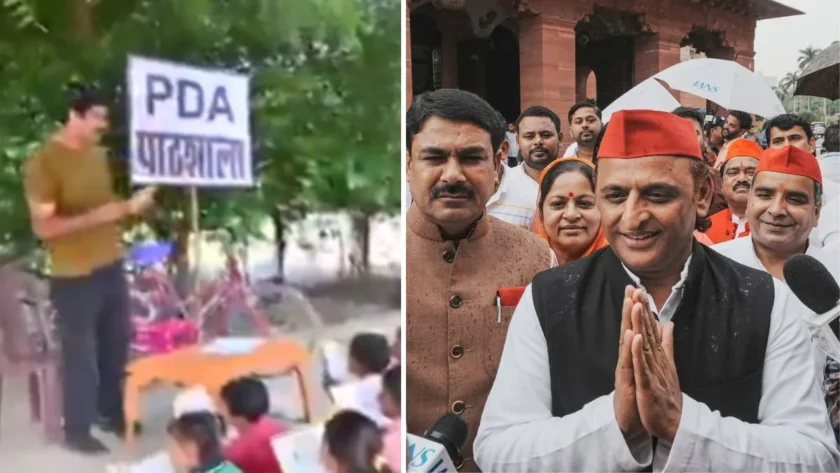Lucknow: The concept of a “double engine government”—where the same political party governs at both the state and central levels—has become a defining feature of the Bharatiya Janata Party’s (BJP) governance narrative in Uttar Pradesh (UP). At the center of this model are two record-breaking leaders: Yogi Adityanath, now the longest-serving Chief Minister of UP, and Narendra Modi, who has become India’s longest-serving Prime Minister. Together, they represent political continuity and a unified approach to development. But while the model has yielded notable successes, it also faces criticism over regional disparities, unmet promises, and governance challenges.
The analogy of a train with two engines—signifying speed and coordination—frames this governance model. Since taking office in 2017, Adityanath has maintained a strong rapport with the Modi-led Centre. This synergy has facilitated the implementation of central schemes and fast-tracked infrastructure development in the state. Between 2017 and 2022, UP received ₹2.01 lakh crore in central funds, a sharp 47.3% jump from the ₹1.36 lakh crore allocated during the previous five-year period. These funds supported major welfare programs like the Pradhan Mantri Garib Kalyan Anna Yojana, which provided free rations to nearly 15 crore people, and the Pradhan Mantri Awas Yojana, which enabled the construction of over 13.3 lakh urban homes.
Infrastructure growth has become a central theme of this governance model. Expressways, airports, and logistics hubs have been prioritized as catalysts for economic growth. Events like the Global Capability Centers Conclave and UP’s presence at the Japan World Expo have attracted investor interest, especially in sectors such as green hydrogen and IT. The state now targets becoming a USD 1 trillion economy within five years—a goal the BJP insists is achievable through the momentum created by the double engine framework.

Law and order, often cited as a key achievement under Yogi Adityanath, has also seen improvements. Between 2018 and 2020, there was a reported 20% drop in violent crimes, and over 8,000 life sentences were handed down, along with 68 death sentences. These developments have bolstered UP’s image as an investment-friendly state. The successful management of events like the 2025 Maha Kumbh, which generated ₹500 crore in GST and VAT, further supports the perception of a transformed UP.
However, despite these gains, the double engine model faces serious scrutiny. Critics, especially from the Samajwadi Party and Congress, argue that the model has created “double corruption.” While infrastructure has expanded, key industrial corridors and logistics parks remain underdeveloped. Niti Aayog’s Export Preparedness Index points to gaps in UP’s industrial competitiveness. Local industries like the Saharanpur wood-carving sector, employing over 7 lakh artisans, continue to suffer from policy neglect. Similarly, sugarcane farmers have repeatedly protested over inadequate price increases, with UP offering ₹360/quintal—significantly lower than Punjab and Haryana.

The governance model has also been accused of relying on populism over structural reform. Free rations and high-profile events draw attention, but unemployment and underdeveloped rural economies remain pressing concerns. Critics argue that the long tenures of Modi and Adityanath, while offering stability, may lead to complacency and lack of innovation in addressing localised challenges, therefore calls for caution.

That said, the BJP’s structured approach to governance—including internal conclaves, state-to-state learning, and emphasis on digital infrastructure—has created an ecosystem for scalable policy models. Massive initiatives like the 35 crore tree plantation drive and smart city projects in Lucknow and Varanasi demonstrate ambition backed by execution.
Understandably the double engine government in UP has driven tangible progress in infrastructure, welfare delivery, and law and order. The long-serving leadership of PM Modi and CM Adityanath has provided consistency and direction to the state’s development strategy.
As UP aspires to become a trillion-dollar economy, the real test for the double engine model lies ahead: Can it evolve from centralized policy coordination to inclusive, locally responsive governance? Only then will the synergy between India’s longest-serving PM and UP’s longest-serving CM truly reshape the state in a lasting, equitable way.





